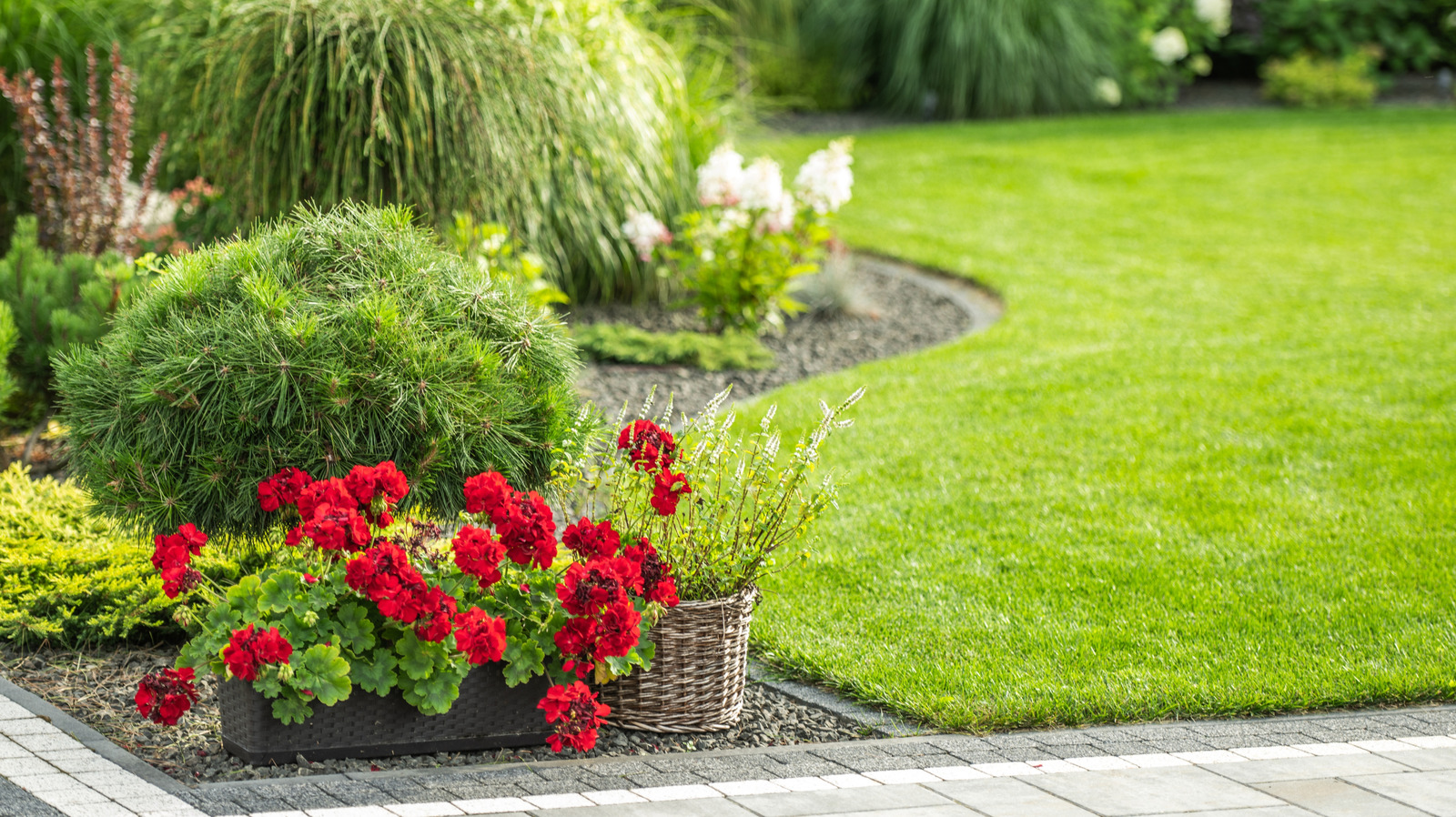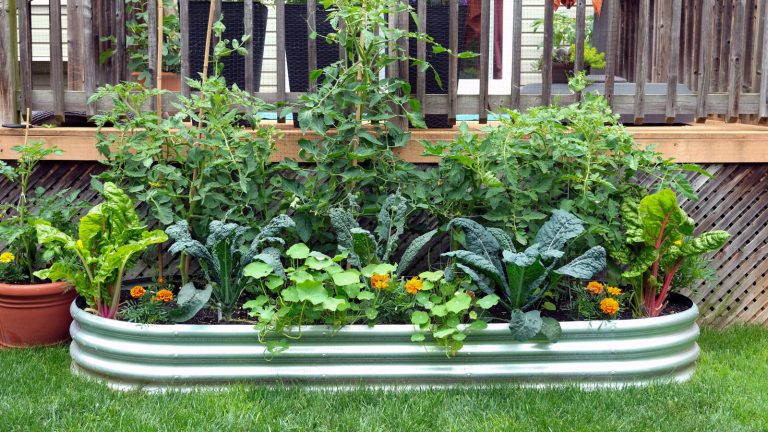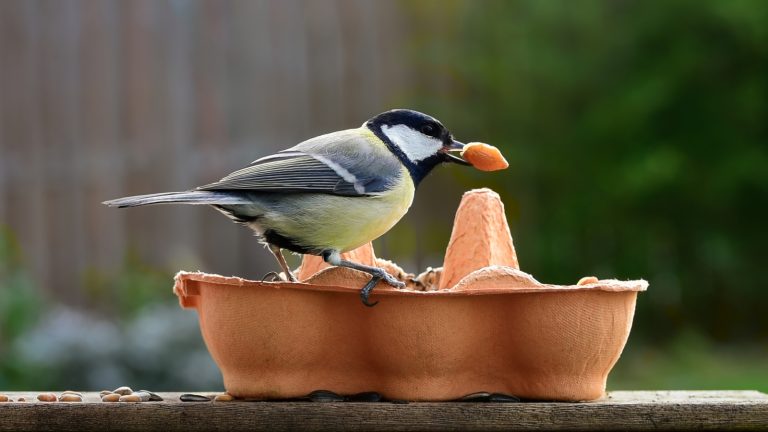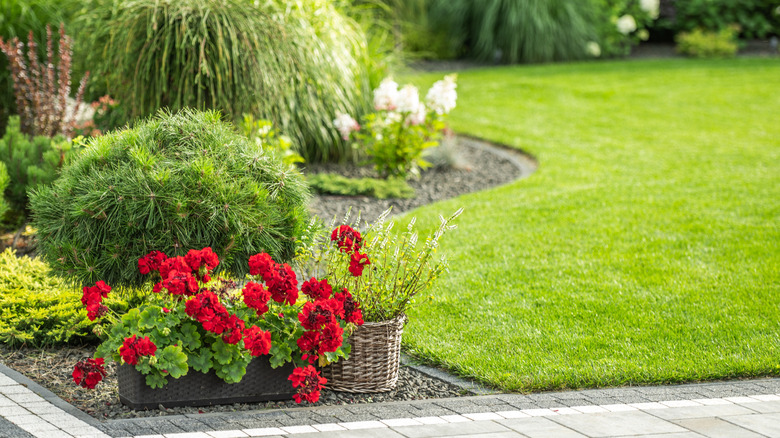
Garden borders, also known as herbaceous borders in England, are garden areas typically bordered by a wall, fence, patio, or other structure, or even a building, and are usually designed to be viewed from one perspective (mostly head-on). This sets them apart from stand-alone garden or flower beds, which can be seen from multiple sides. These structured border spaces offer a great opportunity to explore design choices that can make a statement, showcasing the personality and style of the gardener.
There are two primary styles for designing garden spaces: formal and informal, each with many variations such as cottage gardens, wildlife gardens, pollinator gardens, and meditation gardens. By following guidelines for these styles and incorporating your own unique touch, you can create a garden that reflects you, the gardener, and your passion for plants, nature, and growth. Gardens can be visually captivating spaces that also serve specific purposes, such as growing food, offering a secluded spot for relaxation, or creating an inviting area for social gatherings.
Whether your garden is meant to showcase your horticultural expertise, favorite colors, love for fragrant flowers, whimsical thrift shop finds, or your ability to craft a stunning visual design, there are countless ways to express your identity as a gardener through your garden border. While creating a unique and attractive garden space doesn’t have to be costly, remember that most gardens require effort to establish and ongoing maintenance.
Formal vs. informal garden design
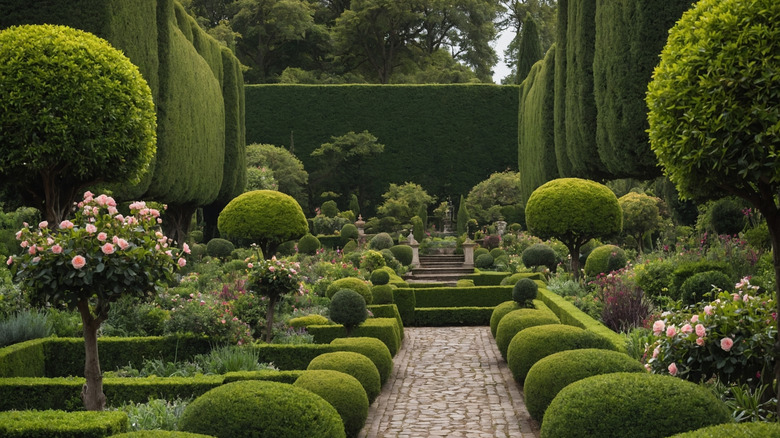
Formal gardens are often reminiscent of a romanticized past, like the grand gardens depicted in historical films, surrounding expansive English country estates, or large French chateaus. These garden borders are typically characterized by geometric shapes, symmetry, meticulously maintained plants, and precisely clipped hedges or topiary. Formal gardens convey a sense of perfection and orderliness, which can require significant upkeep. While symmetrical design elements are a hallmark of a formal look, this style is considered somewhat outdated for modern gardens.
Because formal gardens can be seen as both old-fashioned and high-maintenance, many contemporary gardeners choose a more relaxed, informal style. The rigid expectations of formal gardens are softened: an informal garden border may appear less deliberate, more whimsical, with curves instead of angles. Design elements are still present: balancing sizes, shapes, textures, and colors, as well as incorporating non-plant features like walkways, fences, water features, or arbors.
There are certain design principles that apply to all garden spaces. For instance, most garden borders position taller flowers and plants at the back and shorter ones at the front for optimal visibility, but this can vary depending on the shape of the border, which might be straight, curved, or L-shaped. Additionally, most borders include several anchor plantings like shrubs or small trees, depending on the space available, to provide a sense of flow. Beyond these basics, the principles governing informal garden designs are quite flexible, particularly regarding color and shape choices.
Nature-based garden borders
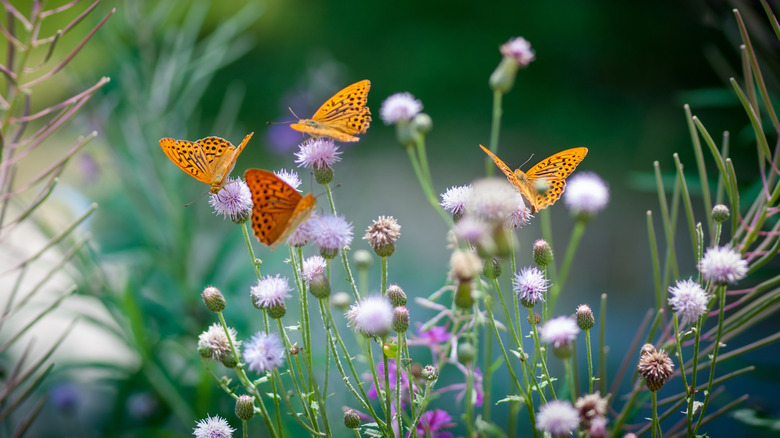
Informal gardens may be a relaxed trend supplanting more formal landscapes, but they can still purposefully express the personality of the gardener or designer. Approaches might include a cottage garden or a contemplation garden. Cottage gardens are typically in bloom across three seasons: they often feature a diverse array of plants, large clusters of perennials providing bold color blocks, and a mix of textures and shapes. A cottage garden showcases an approach to gardening that celebrates beauty and the thrill of combining different plants to create a delightful and eclectic design.
A contemplation garden is designed to evoke tranquility and serenity. Such a space might mimic a Japanese meditation garden, following principles of harmony with nature and its elements. While these gardens possess a certain formality, they are also spaces of subtle beauty, intended to soothe the mind and spirit rather than make an impression. This approach can be both intentional and simple, adaptable even to a small garden border.
Other border design approaches focus on nature as a guiding principle, such as pollinator gardens, wildlife gardens, or gardens aimed at enhancing biodiversity. Garden borders with these priorities reflect a desire to collaborate with nature and appreciate the various living creatures inhabiting and visiting the garden, including insects, birds, and other wildlife. A natural approach to gardening conveys a deep engagement with horticulture, merging personal enjoyment with a sense of achievement and continuous learning from nature.
“`


